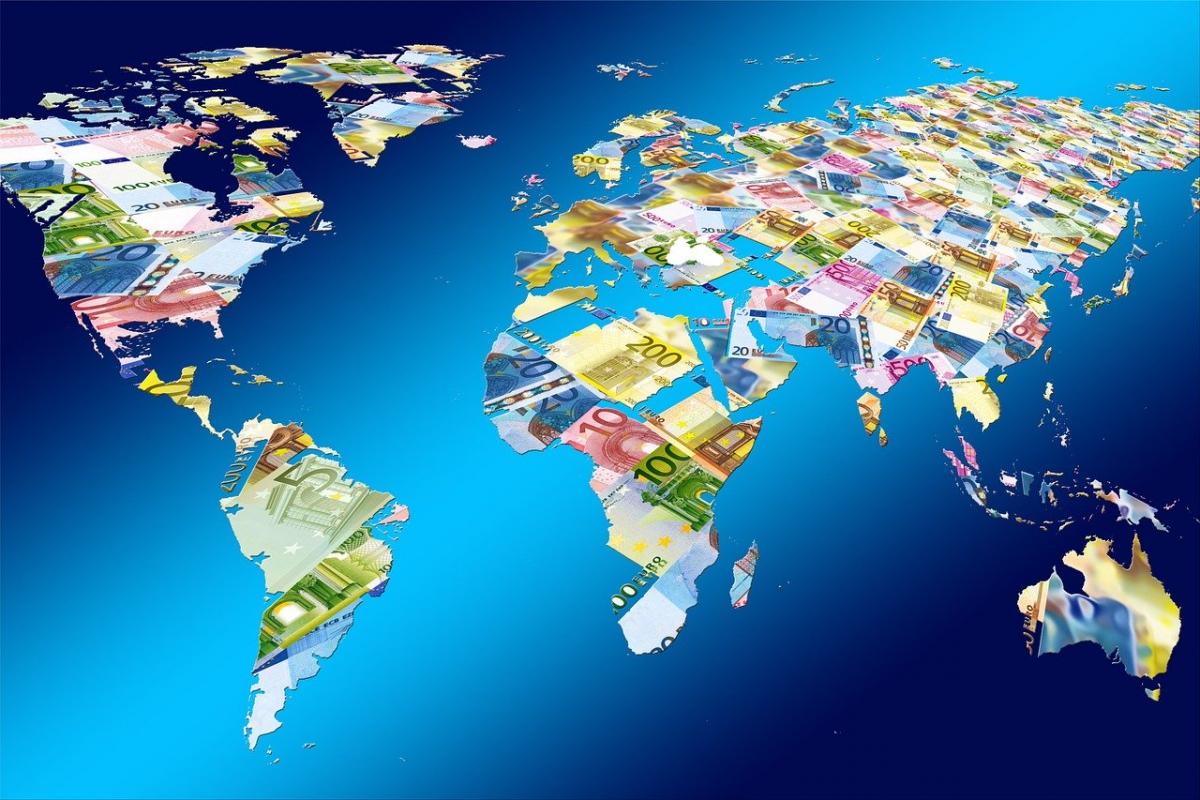Eurekahedge’s latest monthly report includes a special section on the key trends in European hedge funds. It tells us that the total number of European hedge funds grew in 2019, after a decline in each of the four years before (2015 - 2018). In other words, although in recent years the number of fund closures had exceeded the number of launches, this year that situation reversed.
More broadly, looking at the whole period since the 2007-09 crises, the report says: “the hedge fund industry population has remained remarkably strong and resilient as the number of launches mostly managed to outpace the number of closures” in the years prior to 2015, and the industry may have just returned to that normalcy. Over the first 10 months of 2019 there were 294 launches and only 224 liquidations.
Total assets under management for Europe’s hedge funds have remained reasonably constant since the crisis, with some ups and downs (and 2019 is up from 2018).
A related point: the value of the UCITS brand has been drawing a larger percentage of the population of European hedge funds toward compliance. Eurekahedge numbers indicate that in 2006, only a little more than 10% of the continent’s funds were UCITS-compliant. That percentage has now passed 60%.
More than 30% of the launches since 2008 have been of long/short equities funds. The same is true, though, for more than 40% of the closures.
Big Funds, Small Funds, and Turnover
As one might expect, fund size matters. There is greater turnover among the smaller funds than the larger ones, whether one is measuring by launches or closures. The recently implemented MiFID II regulation, the Eurekahedge report observes, “might have … tilted the balance toward bigger hedge funds.” The regulation concerns the costs of investment research. No longer can brokers in the European context hide their research costs within the trading execution costs in charging their clients. Either the research is paid for out of the entity’s own pockets, or there is a separate transparent research charge to clients.
What does this mean for fund turnover? The larger funds have leverage with their brokers and can negotiate better deals in terms of research costs. But the brokers can still pass such costs along to the smaller funds, which in turn either eat them or pass them along to their investors. Either result (or a third possibility, the reduction of research) helps explain closures.
Looking back further for a Big Picture take on annualized return: Eurekahedge informs us that its European hedge fund index “managed to generate 6.59% annualized return since December 1999,” outperforming the underlying markets in a marked way: they annualized out only to 0.85%.
The funds index also outperform the European Fund of Funds index, which annualized out to 3.4%.
Zooming back in to look at Europe in 2019 year-to-date
Still looking at Europe, specifically in 2019 now, Eurekahedge’s hedge fund index for the continent shows a 5.16% return, which is below the performance of the fund of funds index, 6.27%, and both are well below the MSCI Europe IMI, at 15.79%.
Breaking it down by geography, the hedge funds that invest in Eastern Europe and Russia have done best this year, though they badly underperformed their peers last year.
By strategic mandates, the multi-strategy funds have done best, followed by macro. The commodities have done worst. Indeed, the commodity funds are the only strategically defined group that has been losing money for its investors in Europe this year.
Meanwhile the best risk-adjusted performance has come from the event-driven and fixed-income funds. The report informs is that this happy adjustment has been driven by performance in the case of the event-driven funds and low volatility in the case of their fixed-income peers.
By size, it is the smaller hedge funds (with assets under management of less than $100 million each) that have had the best risk-adjusted results, with an October 2019 YTD return of 6.21%. This contrasts with funds with assets above $500 million, which have a YTD return of 4.30%. The 3 year Sharpe ratios for the two size classes are 0.33 and -0.13 respectively. This seems to run contrary to what we said earlier about the disadvantage of a small scale, especially in connection with research costs. But it is good to see from these statistics that the small nimble funds still have a chance.




